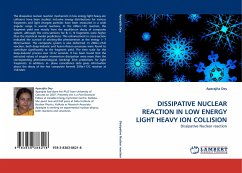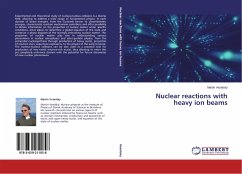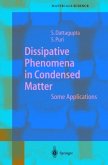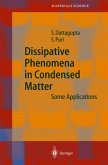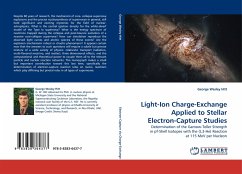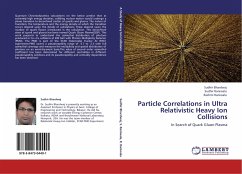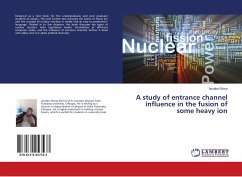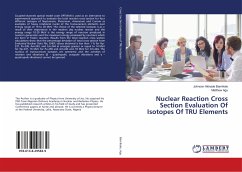The dissipative nuclear reaction mechanism in low energy light heavy-ion collisions have been studied. Inclusive energy distributions for various fragments and light charged particles have been measured in a wide angular range in several reactions. In the 20Ne+12C reaction, the fragment yield was mostly from the equilibrium decay of composite system, although the cross-sections for B, C, N fragments were higher than the statistical model predictions. This enhancement in cross-section indicated the survival of orbiting-like phenomenon at the energy 7 MeV/nucleon. The composite system is also deformed. In 20Ne+27Al reaction, both deep-inelastic and fusion-fission processes were found to contribute significantly to the fragment yield. The time scale for the deep-inelastic process was 10-22 seconds. It has been found that the extracted values of angular momentum dissipation were more than the corresponding phenomenological (sticking) limit predictions for light fragments. In addition, in- plane coincidence data gives information about the decay of the hot composite formed 20Ne+12C reaction at 158 MeV.
Bitte wählen Sie Ihr Anliegen aus.
Rechnungen
Retourenschein anfordern
Bestellstatus
Storno

